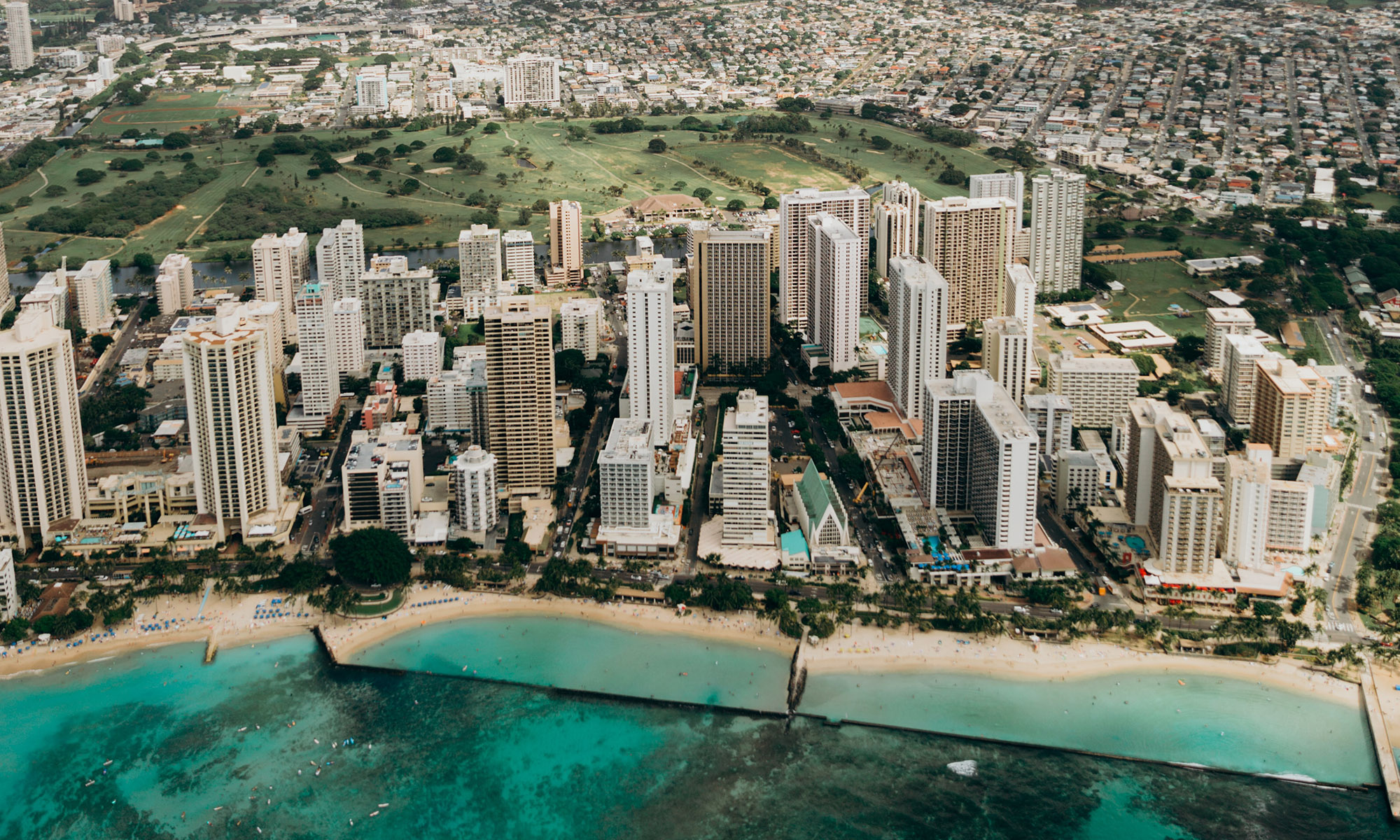
Depends on when and where you lived, Aala Park conjures many memories, some pleasant, many not.
I grew up in the Liliha-Palama area and attended school in Kalihi, so back in the day, Aala Park was a hub with a mix of merchants, park users and if memory is correct, served as a major transit point for HRT, the bus service known as Honolulu Rapid Transit. If you were west bound, this was the place to transfer – on King Street, which was two-way then — to hop on a Liliha or Kalihi bus.

Today, it’s a site overtaken by the homeless, with no shops, no legit commuter foot traffic, since its boundary streets – west-bound on Beretania, west-bound on Hotel, and east-bound on King – are all one-way. (Beretania is partially two-way). The three streets converge at Nuuanu Stream.
But what if Aala Park had a different destiny? That it didn’t become a hangout for druggies and the homeless? That it transitioned into a recreation destination?

Aala would have evolved into a totally different place.
The retail cluster is long gone. I recall Japanese restaurants and movie theaters back in the day, and though I don’t remember ‘em, Aala boasted two baseball diamonds and at one point became the zone’s defining trademark. Aala Park hosted local baseball games with teams such as the Honolulus, the Kamehamehas, the Punahous, the Maile Ilimas.
Politicos gathered for rallies. Families shopped for gifts, at park bazaars and at merchants across the street.
The park’s old comfort station, built in 1916, was the city’s first public restroom.

An architectural gem – the Toyo Theatre – was a movie house built in the late 1930s with an ornate Asian motif designed by Charles W. Dickey, inspired by the Toshogu Shrine of Ieyasu Tokugawa in Nikko, Japan. The theater was located on College Walk, a stone’s throw from the River Street drainage canal that still is there. The movie house was renamed Aala after WWII, and razed years later. And believe it or not, a Las Vegas-bound company of “Hair,” featuring the late James Grant Benton, was staged here.

Further across the street was the terminal for OR&L (Oahu Rail & Land) railway station, which operated trains to Kahuku and back, between 1889 and 1971. I recall, as a youngster, we had a family trek to parks and beaches of Haleiwa and the remnants of the Iwilei station, across Aala Park, remain today. (There was a turntable for a turn-around in the city). The train carried passengers as well as transporting sugar cane and pineapple from the Ewa Plain to Kahuku.
But Aala became the spot to avoid and the stigma remains today. A skateboard park on the Beretania side of the park now offers recreational space for nearby tenants. The green space – grassy lawn, shade trees – is nice. But the stigma of a dubious past keeps folks away.
Do you have remembrances to share, about the Aala Park of yesteryear?
